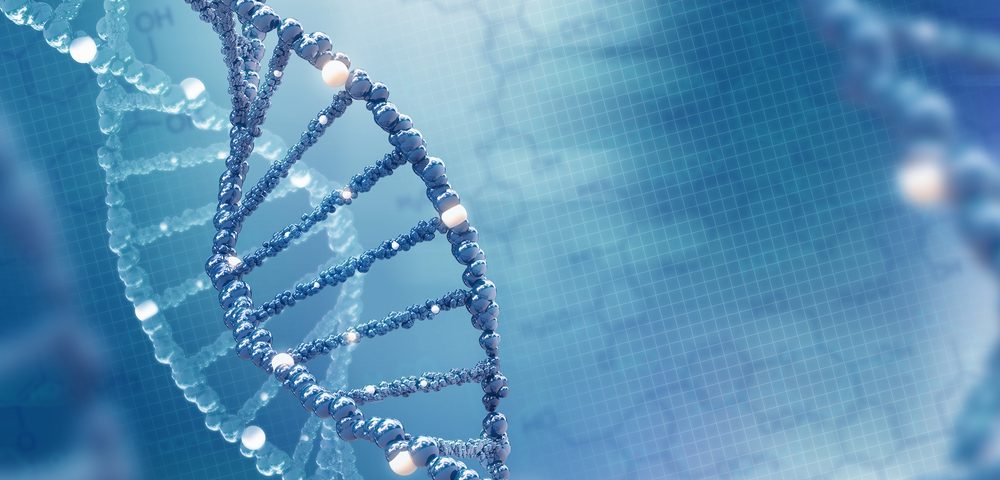Improved sequencing methods have allowed researchers to build one of the most detailed maps of structural variations in a breast cancer cell’s genome, identifying some 20,000 variations in a cell type linked to an aggressive form of the disease.
The information could shed new light on the complex mechanisms involved in the evolution of genomes — an organism’s complete set of DNA, including all of its genes.
The findings were reported in “Complex rearrangements and oncogene amplifications revealed by long-read DNA and RNA sequencing of a breast cancer cell line,” published in June in Genome Research.
Genome instability is one of the hallmarks of cancer. Cancer cells within a tumor undergo a plethora of genetic alterations – from DNA rearrangements that can affect large portions of chromosomes to single mutations in a gene – that disturb the mechanisms controlling cell growth. This accumulation of genome modifications lets cancer cells bypass checkpoint mechanisms and multiply unchecked.
The SK-BR-3 cell line is among the most important laboratory models for HER2-positive breast cancer – one of the most aggressive types, caused by mutations in the HER2 (also known as ERBB2) gene – which affects 20 percent of breast cancer patients. These cancer cells undergo major genetic modifications, especially in repetitive regions of their genome.
A team of researchers led by sequencing experts Michael Schatz and W. Richard McCombie set out to analyze the structural variations (SVs) in the genome of SK-BR-3 cancer cells using a technology called long-read sequencing developed by Pacific Biosciences.
This technology is able to read lengthier DNA fragments compared to older short-read sequencing techniques. Most of the approximately 20,000 SVs described had been missed by short-read techniques.
“[It is] essential to continue building a catalog of variant cancer cell types using the best available technologies,” Schatz, adjunct associate professor at Cold Spring Harbor Laboratory and Bloomberg Distinguished Associate Professor at Johns Hopkins University, and McCombie, a Cold Spring professor, said in a news release. “Long-read sequencing is an invaluable tool to capture the complexity of structural variations, so we expect its widespread adoption for use in research and clinical practice, especially as sequencing costs further decline.”
Investigators also found a complex sequence of DNA duplications and movements surrounding the HER2 gene, suggesting the region has been undergoing punctuated progression — an evolutionary theory stating that rather than accumulating at a constant pace, changes appear suddenly after long periods of genomic stability.
After combining the results of the long-read sequencing with full-length transcriptome sequencing – another technique that lets researchers analyze the messages or transcripts of genes that are being generated – the team discovered several new gene fusions within SVs. It is hoped that the in-depth analysis can help further explain the mechanisms underlying cancer genome evolution.

